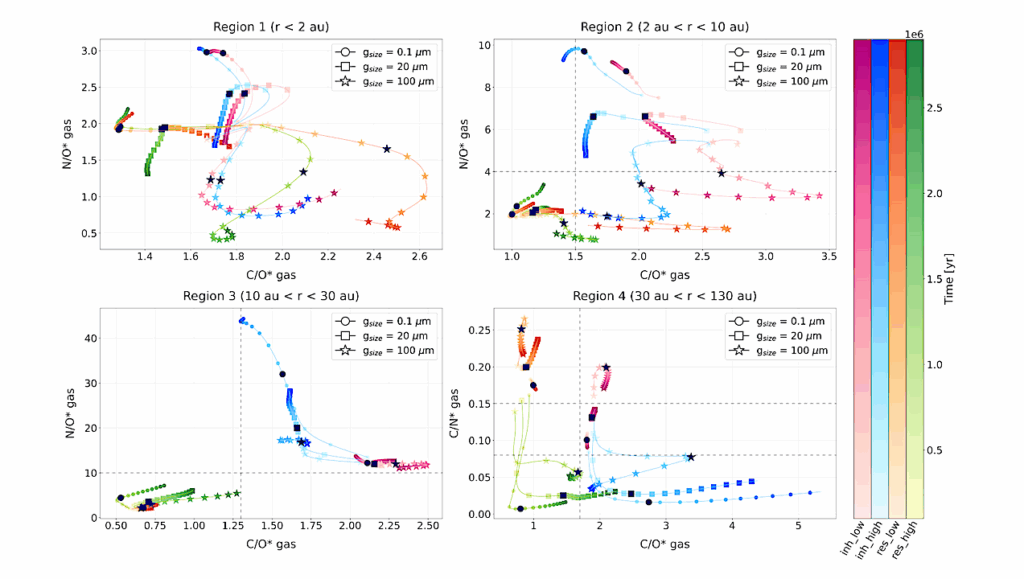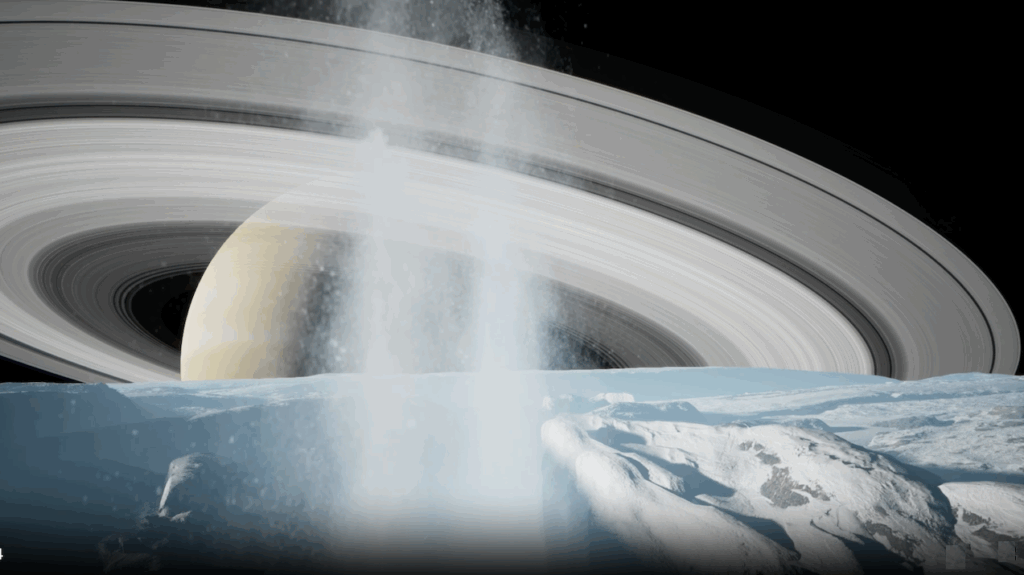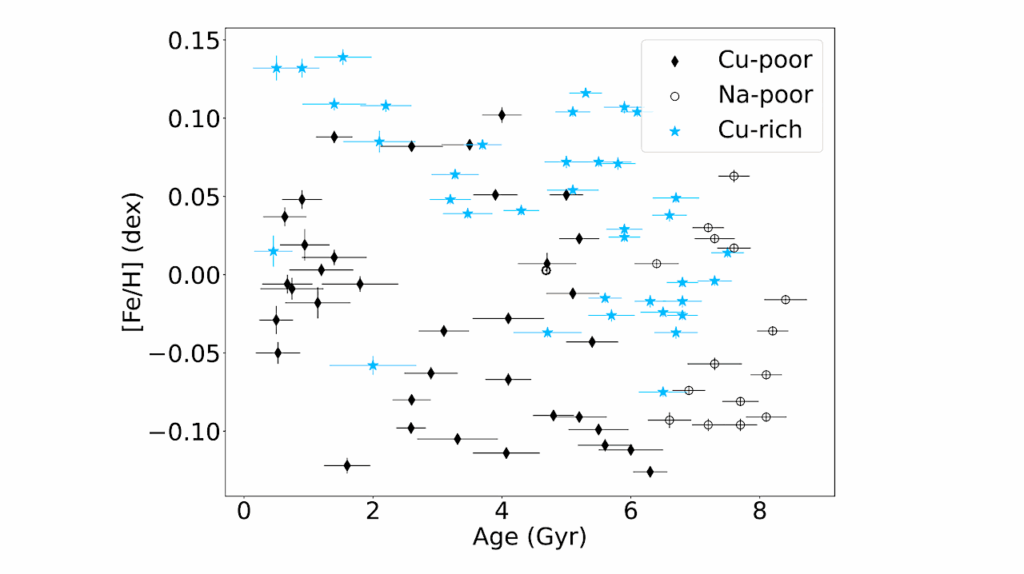Carbon-Grain Sublimation: A New Top-down Component Of Protostellar Chemistry

Earth’s carbon deficit has been an outstanding problem in our understanding of the formation of our Solar System. A possible solution would be the sublimation of carbon grains at the so-called soot line (~300 K) early in the planet-formation process.
Here, we argue that the most likely signatures of this process are an excess of hydrocarbons and nitriles inside the soot line, and a higher excitation temperature for these molecules compared to oxygen-bearing complex organics that desorb around the water snowline (~100 K). Such characteristics have been reported in the literature, for example, in Orion KL, although not uniformly, potentially due to differences in observational settings and analysis methods of different studies or related to the episodic nature of protostellar accretion.
If this process is active, this would mean that there is a heretofore unknown component to the carbon chemistry during the protostellar phase that is acting from the top down – starting from the destruction of larger species – instead of from the bottom up from atoms. In the presence of such a top-down component, the origin of organic molecules needs to be re-explored.
Merel L.R. van ‘t Hoff, Edwin A. Bergin, Jes K. Jørgensen, Geoffrey A. Blake
Comments: Accepted for publication in ApJL. 14 pages, 2 figures, 1 table (4 pages)
Subjects: Earth and Planetary Astrophysics (astro-ph.EP); Astrophysics of Galaxies (astro-ph.GA); Solar and Stellar Astrophysics (astro-ph.SR)
Cite as: arXiv:2006.12522 [astro-ph.EP] (or arXiv:2006.12522v1 [astro-ph.EP] for this version)
Submission history
From: Merel van ‘t Hoff PhD
[v1] Mon, 22 Jun 2020 18:00:09 UTC (454 KB)
https://arxiv.org/abs/2006.12522
Astrobiology, Astrochemistry








